FAQs
We’ve pulled together the most common questions posted on the GBA site.
Q. Do I need a vapor barrier?
A. Probably not. For more information, see:
Do I Need a Vapor Retarder? and
Vapor Retarders and Vapor Barriers.
Q. How do I insulate my cathedral ceiling?
A. For everything you need to know, see How to Build an Insulated Cathedral Ceiling.
Q. How do I insulate my basement wall?
A. For everything you need to know, see How to Insulate a Basement Wall.
Q. How do I fix my crawl space, which is leaky / cold / moldy / poorly insulated?
A. For everything you need to know, see Building an Unvented Crawl Space.
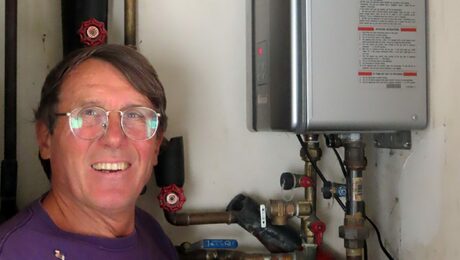
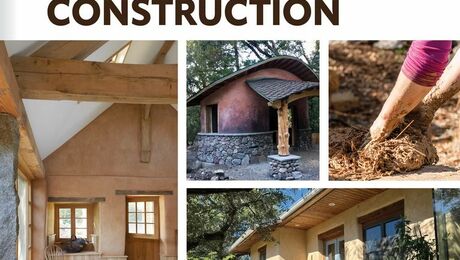
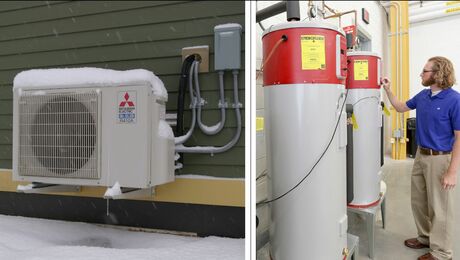
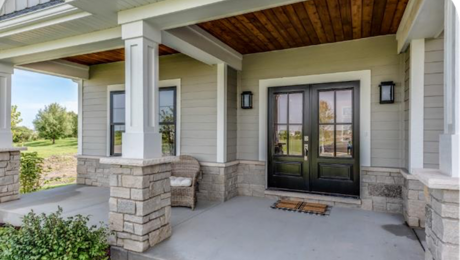
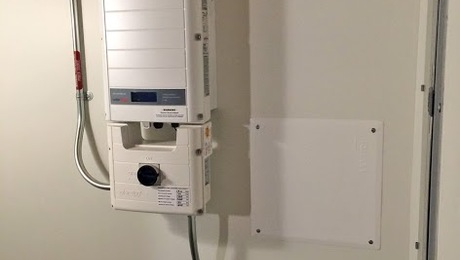

0 Comments
Log in or create an account to post a comment.
Sign up Log in